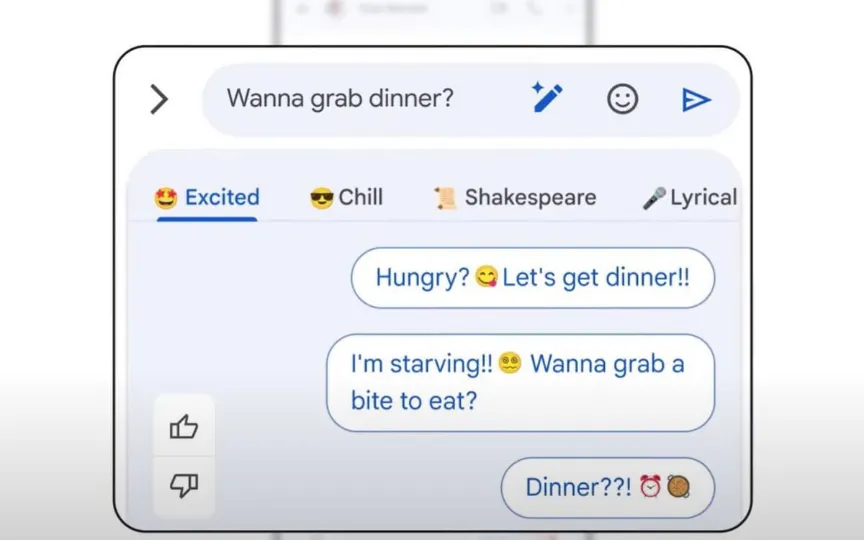Google Introduces AI-Based Text Messaging Feature
During Google I/O 2023, Google unveiled its latest feature for Google Messages called ‘Magic Compose’, which is powered by generative AI. This feature is capable of generating responses that are contextually relevant and offers several enhancements over the existing Smart Compose feature. With ‘Magic Compose’, sending text messages becomes effortless and requires minimal effort.
Magic Compose analyzes your last 20 messages in chat to generate relevant responses based on context. However, experts and fans have criticized the feature for sending the last 20 messages to Google’s server, even though they are end-to-end encrypted.
Google Magic Compose: Who Can Use It?
But before we see how to implement the feature, note that the feature is currently in beta testing and you need to sign up for the Google Messages beta program to use it. Google notes that Google One Premium members of the Messages beta program will have priority access as more spots become available. The feature is currently only available for Android phones with a US SIM card.
Google is said to be gradually expanding the availability of Magic Compose, meaning that more users, possibly even outside the US, will soon be able to use the feature.
How to enable Magic Compose on Android?
- Open the Google Messages app on your Android phone.
- Next, open or create an RCS discussion.
- Tap on Message Suggestions and tap “Try”.
Once you’ve enabled Magic Compose, you’ll start receiving message suggestions; Thus, during conversations, you will see several new suggestions based on the information you previously submitted. You can also rewrite suggestions using different style options such as: Remix, Excited, Chill, Shakespeare, Lyrical, Formal and Short.
Google also unveiled other AI-powered features like “Help me write” for Gmail. The feature was only available to Google Workspace Labs users on desktop, but earlier this month Google began rolling it out to Android and iOS versions of Gmail for testers enrolled in the Workspace Labs program.




